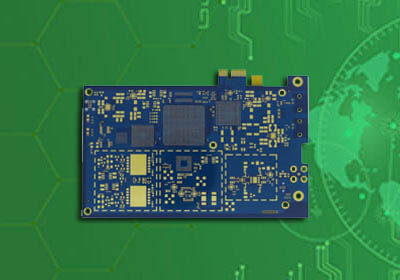
Some materials can operate in extreme temperatures others may fail and result in short-circuiting. You must consider the material and components you plan to use for your print on the pertinent details you must first define the functions the PCB will have to perform, the approximate size of the final product, the PCB’s interconnection with other circuits, and of course, its placement in the product. This article discusses the six essential things to consider when designing your PCB, including a choice of material and components, component placement, PCB stack-up, PCB via types, power, thermal issues, and board constraints. Knowing your way around a PCB layout is crucial to getting it right the first time. Designing a PCB can be intimidating, especially since placing several electronic components and optimal routing within a tightly constrained space.

Did you know that almost every electronic circuit includes a PCB Layout? In this era of the Internet of Things, the demand and complexity of PCBs keep growing every day.


 0 kommentar(er)
0 kommentar(er)
